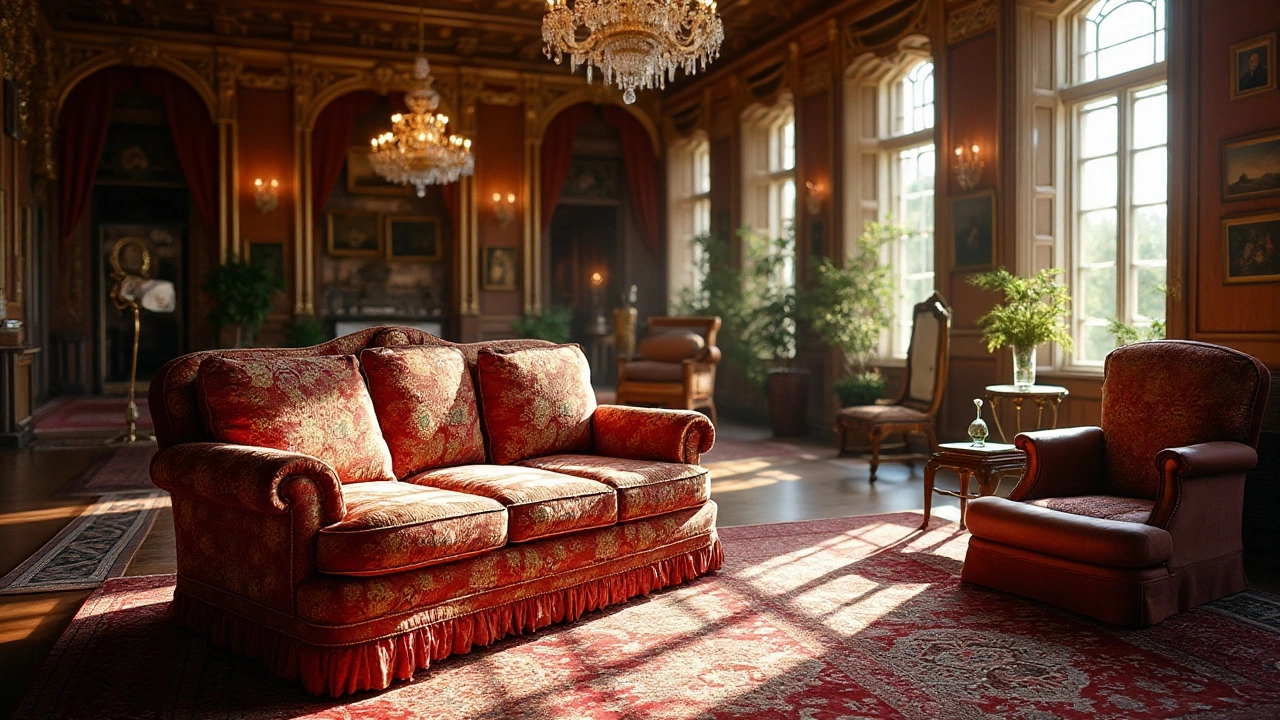High-End Furniture: What Makes It Worth the Investment?
If you’re scrolling through a showroom and feel an instant pull toward a piece, you’re probably looking at high‑end furniture. It’s not just about a big price tag; it’s about the story behind every joint, the grain of the wood, and the way a design fits your lifestyle.
Real luxury starts with material. Solid hardwoods like walnut, oak, or reclaimed barn wood give a piece strength that particle board can’t match. Leather that’s been tanned by hand ages beautifully, while metal frames made from brass or stainless steel stay rust‑free for decades. When you see a sofa with a hardwood frame, high‑density foam cushions, and a top‑grade fabric, you know it’s built to last.
How to Spot True Quality
First, examine the joints. Mortise‑and‑tenon, dovetail, or hand‑cut dovetail joints mean the maker cared about durability. Glue‑only connections are a red flag. Next, test the finish. A smooth, even coat that feels soft, not sticky, shows proper sanding and sealing. Finally, look at the hardware. Brass knobs or solid steel legs that don’t wobble are signs of good engineering.
Don’t forget the brand story. High‑end makers often have a workshop where artisans hand‑craft each piece. Brands that share their sourcing and production methods are usually transparent about sustainability – a bonus if you care about eco‑friendly luxury.
Styling Tips for a Sophisticated Look
Mixing textures can elevate a room instantly. Pair a sleek leather armchair with a reclaimed wood coffee table and a soft wool rug. Keep the colour palette neutral – think charcoal, deep navy, or earthy taupe – and add a pop of colour through cushions or artwork. Remember, less is more. One standout piece, like a hand‑carved sideboard, can become the room’s focal point without overcrowding the space.When arranging furniture, think about balance. A large sectional should have a smaller accent chair on the opposite side to keep the flow even. Use the rule of thirds: leave about one‑third of the floor space open to let the room breathe. This makes even a modest living area feel roomy.
Maintaining high‑end pieces is simple if you treat them right. Dust wooden surfaces weekly with a soft cloth, and apply a natural oil once a year to keep the grain rich. Leather benefits from a conditioner every six months to prevent cracking. For metal legs, a quick wipe‑down with a damp cloth prevents water spots.
If you’re ready to buy, set a budget based on the piece’s lifespan, not just the upfront cost. A $5,000 sofa that lasts 20 years is a better deal than a $2,000 one that needs replacing in five. Look for warranties that cover structural issues – that’s a sign the maker stands behind their work.
Whether you’re furnishing a cabin, a city loft, or a countryside cottage, high‑end furniture can bring personality and durability together. Choose pieces that feel right to you, check the details, and enjoy the lasting comfort that comes from true craftsmanship.
Discovering the World’s Most Luxurious Sofa Brands
Delve into the opulent world of luxury sofas as we explore the most expensive brands known for their exquisite craftsmanship, premium materials, and unparalleled comfort. Learn about the history and unique features that set each brand apart. Discover tips on choosing the perfect high-end sofa for your home and why these investments are more than just furniture pieces. This article is a guide for those looking to indulge in the ultimate seating experience.
More
